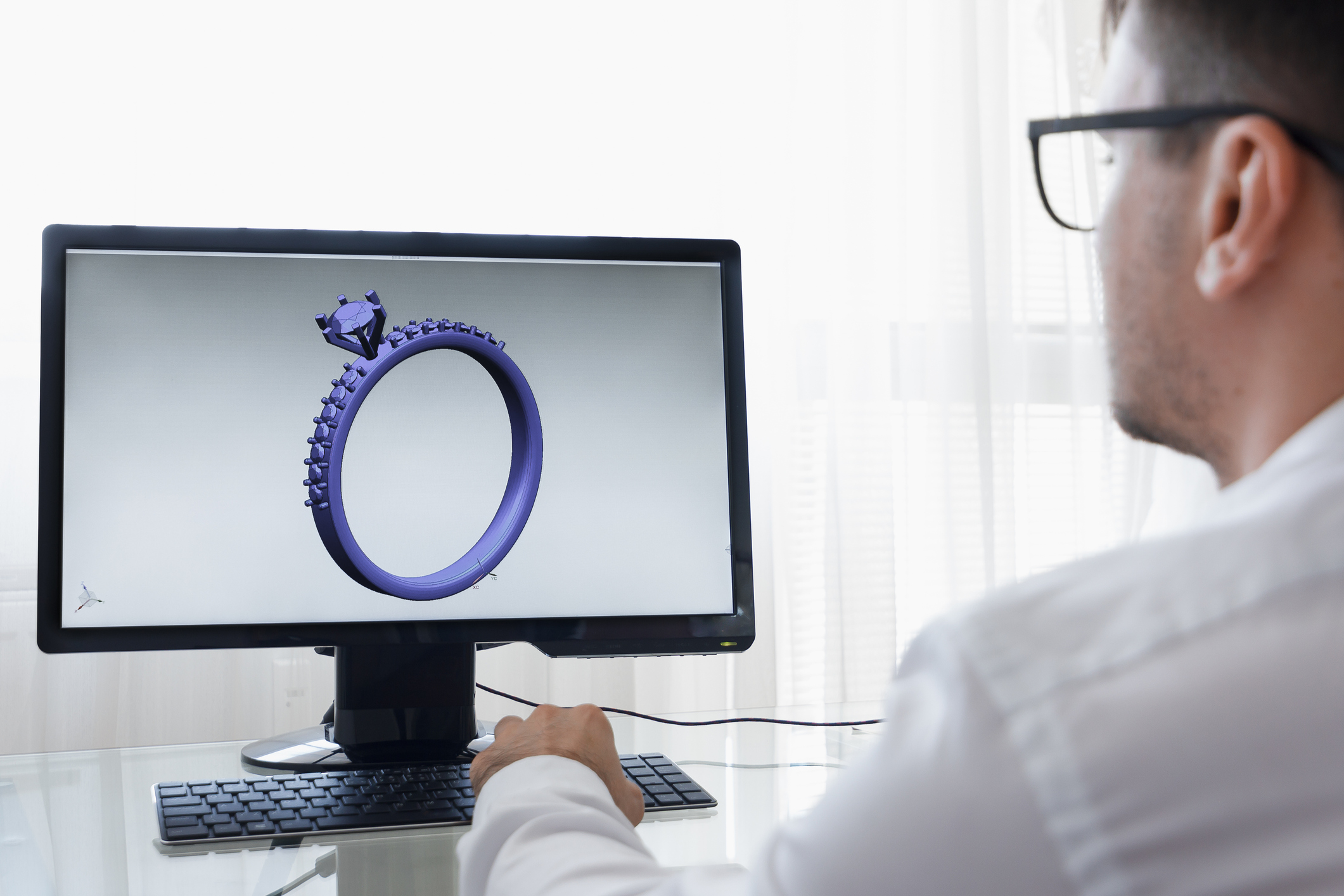In the retail landscape, the key to earning repeat business is treating each shopper like they're a VIP. And that starts by getting to know them. This process of building long-term relationships with shoppers is known as clienteling, and is especially important if you're trying to increase traffic to a brick-and-mortar store.
What makes clienteling really successful is focusing on the four Cs:
- Connection
- Consistency
- Channel
- Conversion
We'll go over each in more detail below and explain how each aspect of clienteling can help you earn loyal customers and lead to increased sales.
What is clienteling?
If you're new to clienteling, or just need a quick refresher, we've got you covered.
Clienteling, or retail clienteling, is a technique used by retail sales associates to convert casual customers into regular clients by building meaningful relationships with them and offering a personalized experience.
While some retail stores will clientele with the amounts of client data they can fit within a physical client information sheet, notebooks, or sticky notes, a more effective clienteling method is through software solutions.
Clienteling software keeps client data all in one place, automates time consuming tasks, and can even integrate with your point of sale system. When retailers use advanced clienteling tools like these, this is known as virtual clienteling.
Want more on clienteling? Download our ebook, "The Definitive Guide to Clienteling"
The four Cs of clienteling
Connection
The first C is connection. Making connections with customers usually begins with walk-ins who visit your physical store for the first time, so naturally you want your in-store associates to greet them personally. They should begin the conversation by talking about their needs. They should be friendly, but not pushy. Consultative, not salesy. This is where that trust and connection begins to develop.
When the time is right, your team will get some personal information from them. This could include their full name, email address, product likes and dislikes, friends and family members they shop for, special occasions like birthdays and anniversaries, and whatever information you'd need to make a personalized offer in the future.
Getting access to customer data like this, regardless of whether or not they buy anything from you, is your best chance to get them back in the store again.This information can later be supplemented with point of sale data after they've purchased or returned to the store.
Consistency
The next C is consistency. Once you make the initial connection, the ball is in your court to consistently follow up with your customer to get them to come back. Consistency is about sending out regular messages with relevant offers.
The best way to do this is to utilize retail technology that allows you to automate groups of messages and personalize others.
To do this, plan out automated activities, like emails and text messages, that align the out-of-store experience with the in-store (see the graphic below for what this looks like visually and map out your own customer lifecycle). Then, you'll match in-person customer interactions with each message you send.

So for example, let's say a customer visits your store and makes a purchase. That's the first personal interaction. Your sales team will follow up that interaction with a thank you message, thanking them for their purchase. This connects their in-store experience with an out-of-store follow up.
Not only do you need to be consistent with your communication, but consistency also applies to the shopping experience you provide. It needs to be the same exceptional experience with high-quality customer service every time. It's all part of maintaining the customer relationships you've built and improving your retention rates.
Channel
The next C is channel. In order to keep up your relationships with customers, you need to be engaging with them on the channels they're already on. After all, the digital interactions you have with them are just as important as the in-person ones.
So whether that's text, email, or social media, getting on the right channels will be a key difference that sets you apart from your competitors who aren't on those channels. Plus, when you text or direct message a customer like they would a friend, it allows you to connect on a more personal level.
Clienteling software is a great tool for your associates with customer data to use, as it keeps real-time data for all of your clients in one place, making it easy to send a text message to multiple clients at once—and they don't need to use their personal phone number.
Better yet, they can use clienteling software to build customer profiles, review clients' purchase history, and send personalized communication to clients right to their phone.
Conversion
Finally, the last C is conversion. When it comes to clienteling, converting first-time buyers into repeat buyers is the name of the game.
Every interaction you have with a buyer should add valuable insights into their personality and buying motivations, making it that much easier for you to make personalized recommendations and earn customer loyalty.
Conversion is also about measuring success. After all, you can't change or fix what you can't measure. This could look like tracking customer lifetime value, customer retention rates, or customer satisfaction scores from high-value customers.
However you measure it, if you're effectively clienteling, the personalized customer experience you're offering will convert key customers into long-time buyers with your business.
Conclusion
Whether you've been clienteling for years or are just looking to get started with your sales associates, the four Cs are a good reminder on how to make clienteling work for your retail brand.
And don't forget the fifth C: Clientbook. Having the right tool to clientele no matter how big your business gets can make all the difference. To see how Clientbook can help you turn casual customers into valuable clients, schedule a demo with us today.





